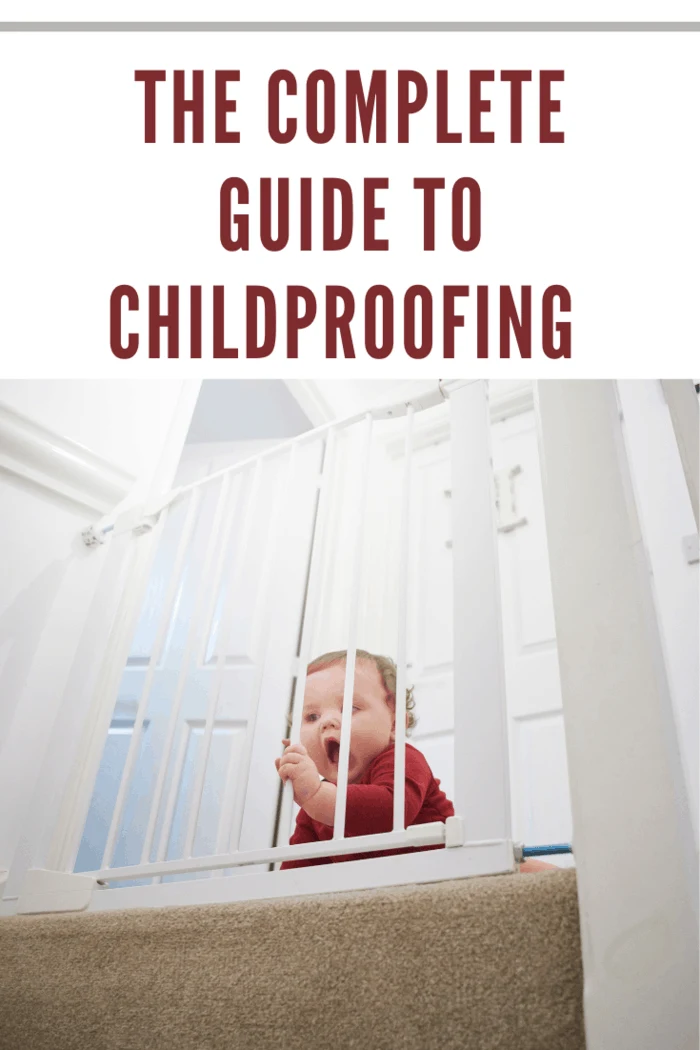This childproofing guide for around the home will help childproof your home to keep the baby safe and give you peace of mind.
When you have a small baby in your house, you have nothing to worry about when crawling, running, curiosity, and injuries that come with them.
However, when the baby grows and starts moving around, that is a sign; you have to watch them at all times.
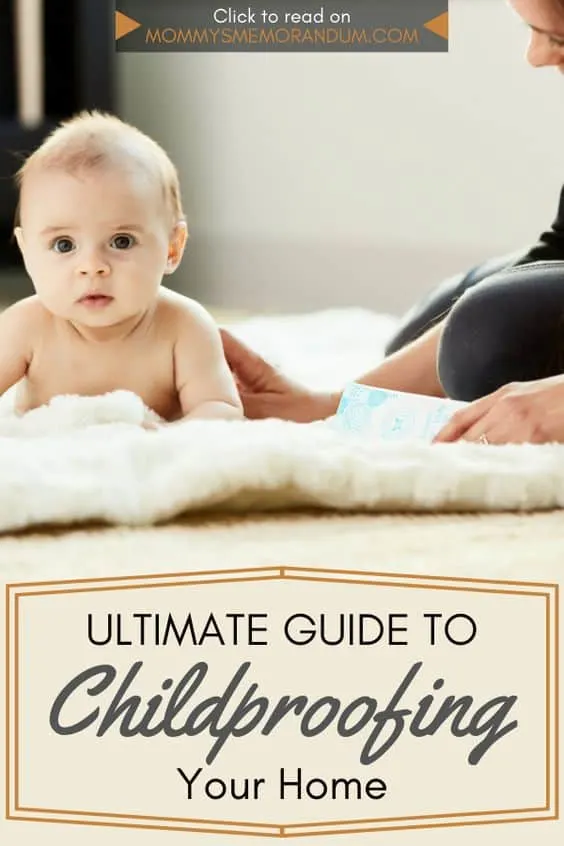
Some small tricks can help you keep your child safe from bumps, scratches, and bruises, and those are childproofing devices.
They can save you the trouble of keeping your toddler from hitting their heads on sharp corners, opening doors, windows, cabinets, and drawers, falling off the stairs, or climbing on the furniture.
Not to scare you off, but unintentional injuries are among the top reasons for death in infants and toddlers worldwide, so preventing it can save you from worrying more than you already are.
The secret to an efficient babyproof home is role play.
Try to put yourself in your baby’s shoes and think about what they would want to do around the house, what curiosities they would have, and where they would go.
ChildDevelopment.com recommends we consider that physical balance is not among their strong points, as their upper body is heavier than the lower part, unlike adult bodies.
Besides trying to think as they would, maybe crawling can help you see the world with their eyes, and you will succeed in making your home secure for them.
There are specific kinds of devices that are suitable for specific rooms in your house.
So, for example, you cannot use the things dedicated to the living room in the bathroom or the other way around.
There are, however, little universal devices that are welcome anywhere around your home.
Here is a guide on how to apply childproofing depending on the utility of the rooms.
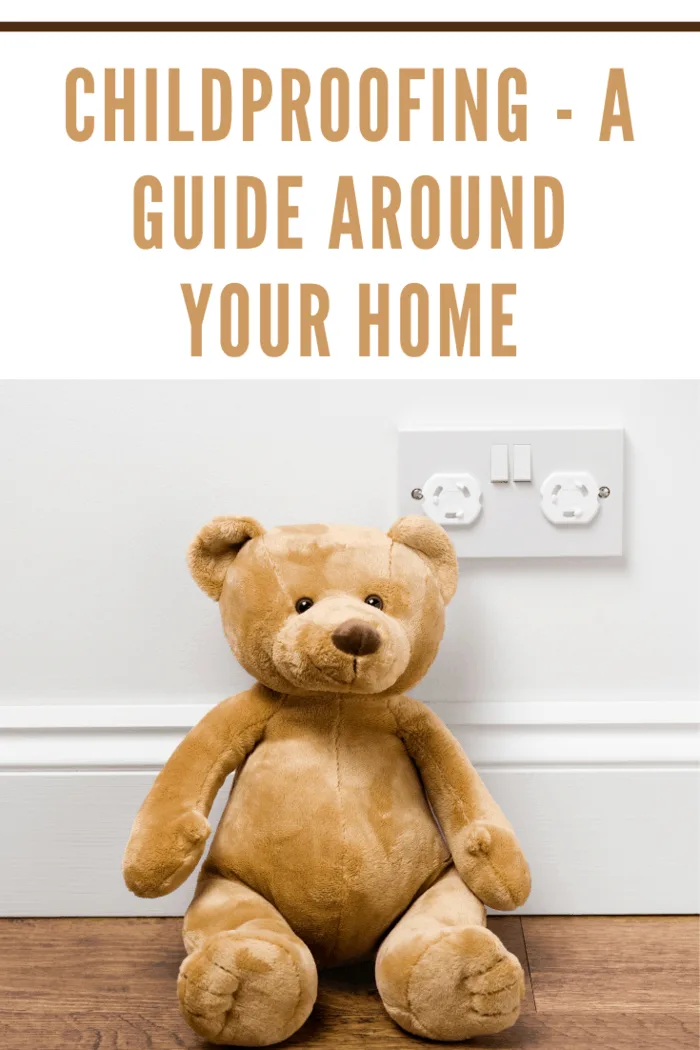
Bedroom or nursery
Some people keep their babies in the bedroom with them; some opt for separate rooms that they turn into nurseries.
Wherever your child spends the most time when it comes to sleep and playtime, there are some things you need to know before you let them crawl all around the room.
Children are inquisitive, especially during the first 3 years of their lives, so they stick their fingers everywhere and put everything in their mouths because that is how they explore and how they get information from the environment and objects that surround them: they see, they feel, they smell, and then they taste.
The thing is that most things that intrigue them are dangerous, but they don’t quite get what danger is until it’s already too late.
On the one hand, this is how they learn never to do it again, but on the other, some activities are so dangerous that they can kill them.
In a bedroom or nursery, suggests WebMD, you’d think there’s not much danger, as most things are soft (except for the actual furniture, like dressers, drawers, and other hard elements).
It is pretty simple to childproof a bedroom or a nursery as you can hide the outlets and extension cords with furniture or by putting them on a higher shelf.
You can use foam covers for sharp edges, and for the corners, you can use those funny-colored and shaped protections.
Besides that, you should also install door and finger trap stoppers so your baby won’t slam the doors over their fingers or toes and secure furniture on walls to prevent it from falling on the child.
There is something that most people don’t think about, and those are the windows.
Whatever you do to keep them off-limits, the child will eventually reach it (they are pretty creative in finding solutions to these problems).
For this matter, they also provide security devices for windows so your kid won’t be able to open them and fall.
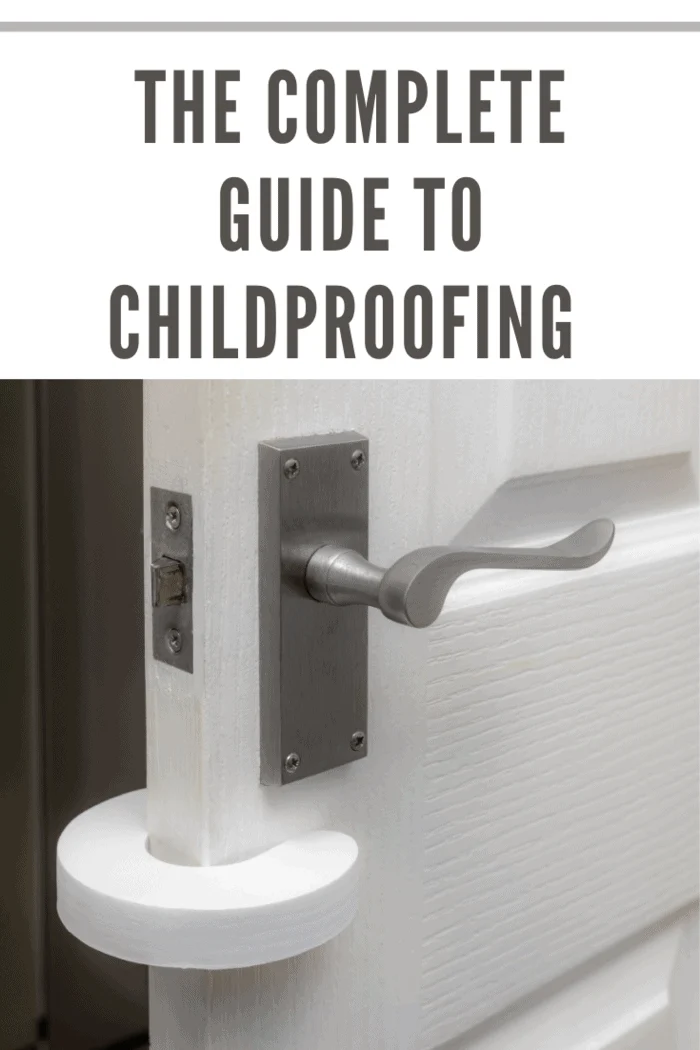
The kitchen and bathroom
These two rooms have the highest predispositions for danger to an infant or a toddler. There are usually cabinets where you keep cleaning products and other sharp or heavy objects.
If they reach them, they will eventually try to taste them, which is not good.
The best thing you can do to avoid this is to keep them on taller shelves or to block the cabinets and doors with stoppers, latches, and blockers, suggest MomTricks.com.
There are also some solutions in case your baby is a drawer opener or likes to crawl under the table or chairs. There are those nice soft silicone corners that you can apply everywhere.
Electricity is another dangerous issue, so try to unplug everything you don’t use, install babyproof outlets and remove any trace of water on the floor because they can slip and fall badly.
Also, keep water and electricity apart from each other to avoid electrocution.
You can find some devices that secure the outlets at Parent.Guide that are used by making it impossible to pull plugs out.
While on the water subjects, there are toilet locks you should install, so the baby won’t be able to raise the lid and fall in the closet.
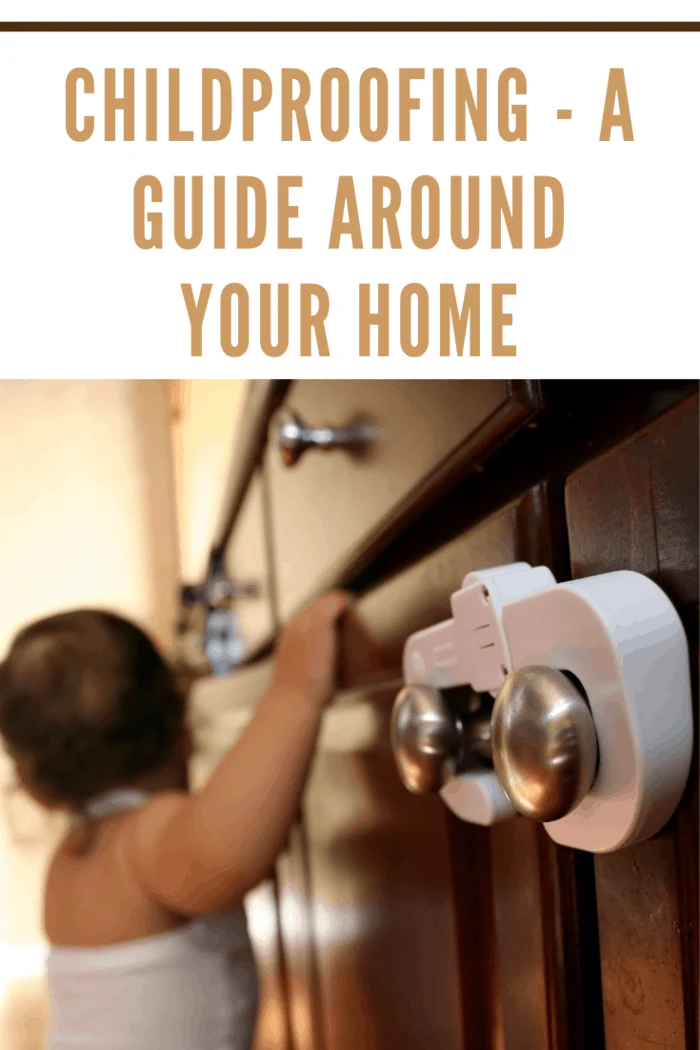
Living room and staircase
Usually, many small things can be dangerous for children in the living room. It is probably the only decorated place after the baby arrives, so accents and decorations may be harmful to the child.
If you didn’t remove them and you don’t want to, you can install baby fences around it or form an enclosure in the middle of the room where the baby can play in safety.
This also goes with staircases, which are probably the most difficult thing to explore for babies. Just install grates at both ends, and that should do it.
However, if you have an open staircase or wide openings on the handrails, you should keep the baby out of the area for good. MomLovesBest.com has a great guide on baby-proofing stairs.
The best thing about the baby fences and grates is that they can be easily removed if you do not use them anymore or if you want to move them from one place to another.
